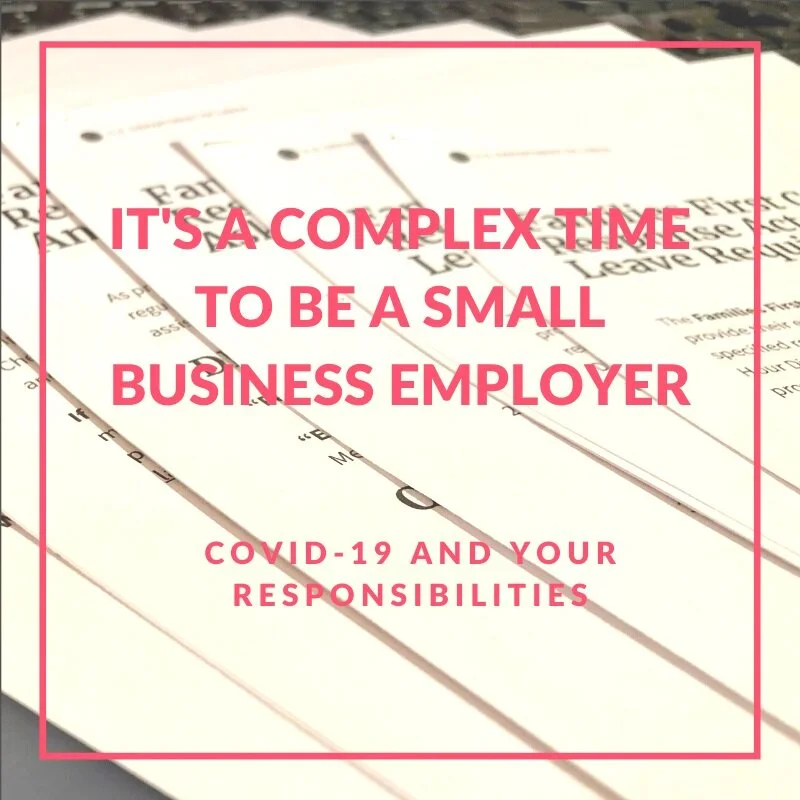Imagine you’re an employee who doesn’t fit within the traditional binary restroom designations. Imagine also that you want to do what’s right, use the ‘correct’ restroom, but there is no right designation for you. You are a respectful and conscientious employee. What should you do if you need to use the restroom in a workplace that only has binary bathrooms available?
It’s a dilemma.
Most workplaces were configured with a women’s restroom and a men’s restroom and if you’re lucky those are single-stall facilities. In that case, you have the option to make them all gender-neutral and equally available to all, regardless of gender.
Unfortunately, it’s often much more complicated than that. Workplaces that have a men's restroom and a separate women's restroom with many stalls make it difficult to transition to a more accommodating facility.
It’s worth making the change though –– and here’s why.
It might surprise you that OSHA (Occupational Health and Safety Administration) has something to say about workplace restrooms. OSHA requires workplaces to provide adequate restrooms for the number of employees onsite. In their best practice document, they go further to say that, “All employees, including transgender employees, should have access to restrooms that correspond with their gender identity.”
That leaves entrepreneurs with a chance to get creative, and yes, invest some cash into facility reconfiguration. Each workplace will have its own challenges, space, and existing facilities making the approach to solving your dilemma purely custom. One example of a creative solution is at the Moxy Hotel, in Portland, Oregon. They have one restroom for all, with floor-to-ceiling walls for each stall, and a communal handwashing station, making the entire facility gender-neutral. They have vibrant music pumping into the restroom creating a hip vibe, for a restroom.
Given the makeup of your facilities, you will need to engage your creative thinking brain.
Do note that 12% of Millennials identify as nonbinary and Millennials make up 35% of the US workforce. You should assume that there are nonbinary or transgender people that make up your workforce, or customer/client base, even if you are not aware.
The All-Gender Restroom sign at the Moxy Hotel in Portland, Oregon.
When should you prepare your workplace for people who are trans and nonbinary? Yesterday.
It should be done before your workplace returns to the office. Imagine how it feels to be in an office that does not have a proper facility for you. This puts undue stress on individuals, impacts performance, and impacts relationships at work. What is an employee to do if there are only gender binary restrooms available?
Keep in mind that a transgender or nonbinary employee who does not have access to a restroom that matches their gender identity does have a valid complaint. That is likely a capital D complaint, Discrimination.
How to create a more inclusive restroom at your facility
Put your creative brain to work. Don't do this work alone. Reconfiguring restrooms at your workplace is a challenge for creative problem solvers, those who are willing and able to collaborate with a team, and yes, cash will be needed. A proactive approach is most certainly more inclusive, more humane, less frustrating, and more cost-effective than a discrimination lawsuit.
Comment Below
Join me in making workplaces more inclusive by sharing your experience about a workplace that has reconfigured restrooms to meet this need. What great solutions have you experienced? Please share in the comments below.




















